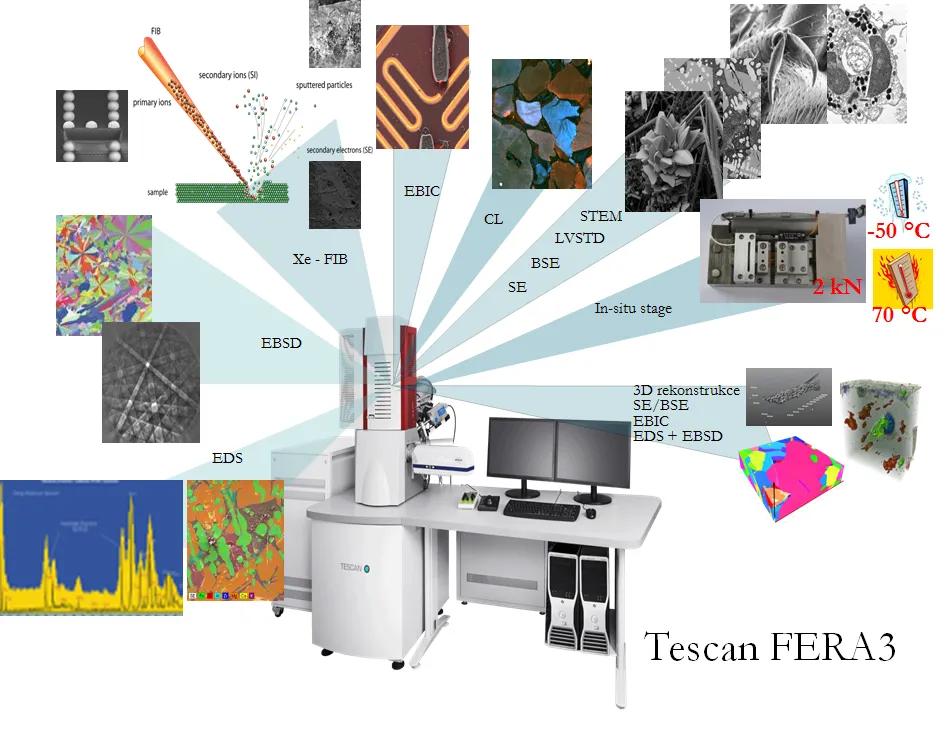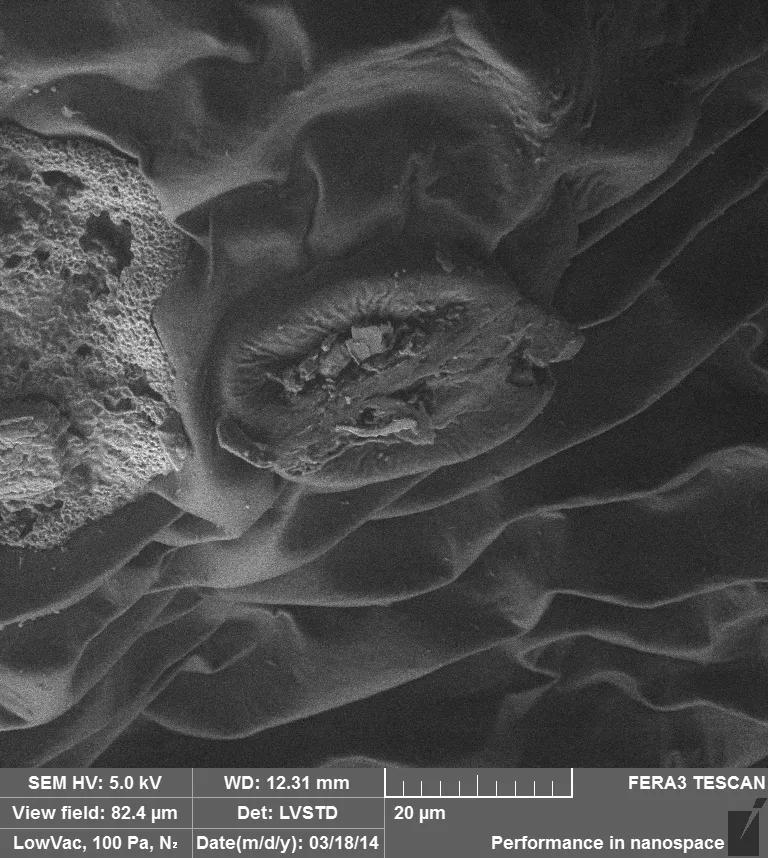Institute of Physics of the Academy of Sciences of the Czech Republic has begun implementation of the Centre of functional materials for bio-applications (FUNBIO). This project is supported within 11th call of the OPPK (Operational Programme Prague Competitiveness) structural funds of the European Commission, which significantly complements the current project Centre for Analysis of Functional Materials (SAFMAT).
While the previous project was focused on the broadening of the possibilities of the analysis of modern semiconductor and thin-film materials, the FUNBIO project is expanding modern analytical methods for materials on the border between the organic and inorganic world; the materials used for example in advanced medical applications, which on the one hand require demanding structural and functional characterization, and on the other hand they are ready for contact or are already in contact with the biological environment. Such a combination is often a problem for the precise physical instruments, which require special construction. The centre will be equipped with four large device units with a total subsidy of almost 61 million CZK. In addition to the funds from the OPPK, the Czech Academy of Sciences contributes 15.1 million CZK from the fund for expensive equipment and 11 million CZK is funded from the internal resources of the Institute of Physics ASCR.
A biophysical research within the FUNBIO centre complements and extends the range and level of work with organic materials, composite materials and systems for biomedicine and will contribute to understanding of the fundamental processes in biological systems. For a number of scientists and groups at the Institute of Physics ASCR is the application of physical methods to organic and biological materials already a subject of the ongoing research. The centralization of their activities and experience will have very fundamental scientific and pedagogical benefits for Czech biophysics research. The FUNBIO project will follow the well-established centre SAFMAT, supported under the second call of the OPPK. The goal of SAFMAT centre was, among others, the acquisition of two modern instruments for the analysis of nanostructured functional materials – the NanoESCA and FT-EPR, which enable research in an extremely clean vacuum condition in the field of surface analysis, volume analysis and also study of subsurface defects in semiconductor materials.
There will be installed these four new instruments in the FUNBIO centre:
- Scanning electron microscope (SEM) Tescan FERA3 with xenon plasma focused ion beam for nanomanipulation and materials’ study. The apparatus allows the atomic concentration analysis, the crystal lattice orientation study and observation in nitrogen atmosphere.
- Modern atomic force microscope (AFM) for the organic materials surfaces studies with glove-box for atmosphere and temperature control. The apparatus will be exploited for example in examination of channel opening in the cell membranes interacting with nanocrystals and organomolecules.
- Infrared spectral ellipsometer for thin organic layer and coatings nondestructive measurements. Such experiments allow establishing structure of the material, its thickness and visualizing time evolution of molecular structure in the magnetic field.
- Optical lithography for microstructured magnetic materials preparation, which will be used in new cancer medicaments development.
Project FUNBIO started on October 1st, 2013. The first phase was focused on the electron microscope purchase and installation, and it was finished on February 28th, 2014. The purchase and subsequent installation of the infrared ellipsometer and optical lithography will be the aim of the second phase, which will last until June 30th, 2014. The atomic force microscopy lab equipment will be purchased within the last phase being underway until the end of 2014. After this phase, the new facility would be completed.
The aim of the project is to keep the position of Czech science at the world-class level and to bring new characterization methods into bioapplication research of functional materials in the Czech Republic. Although the 70% of project capacities are assigned for the activities of the Institute of Physics ASCR, the plan is to open this new facility to everybody interested. We will focus on promoting the new experimental technologies among university students, who will be allowed to work at the FUNBIO centre on their diploma and PhD theses based on the agreements with their universities. The unique status of the FUNBIO centre in a present academic sphere lays not only in the topmost technical equipment but mainly in very specific, useful and nowadays frequently required physical view on biomaterials.


